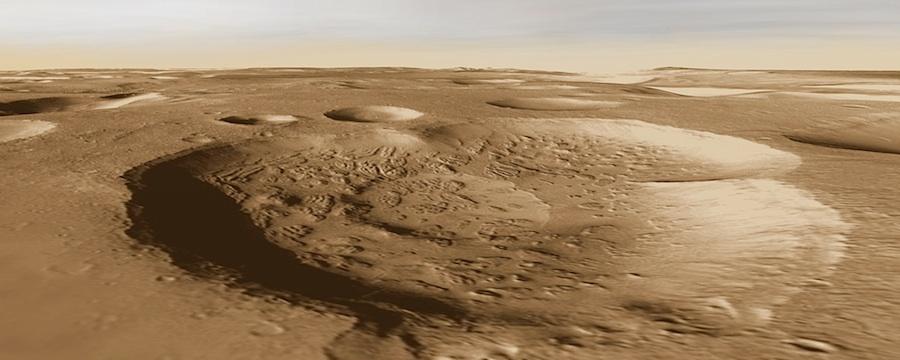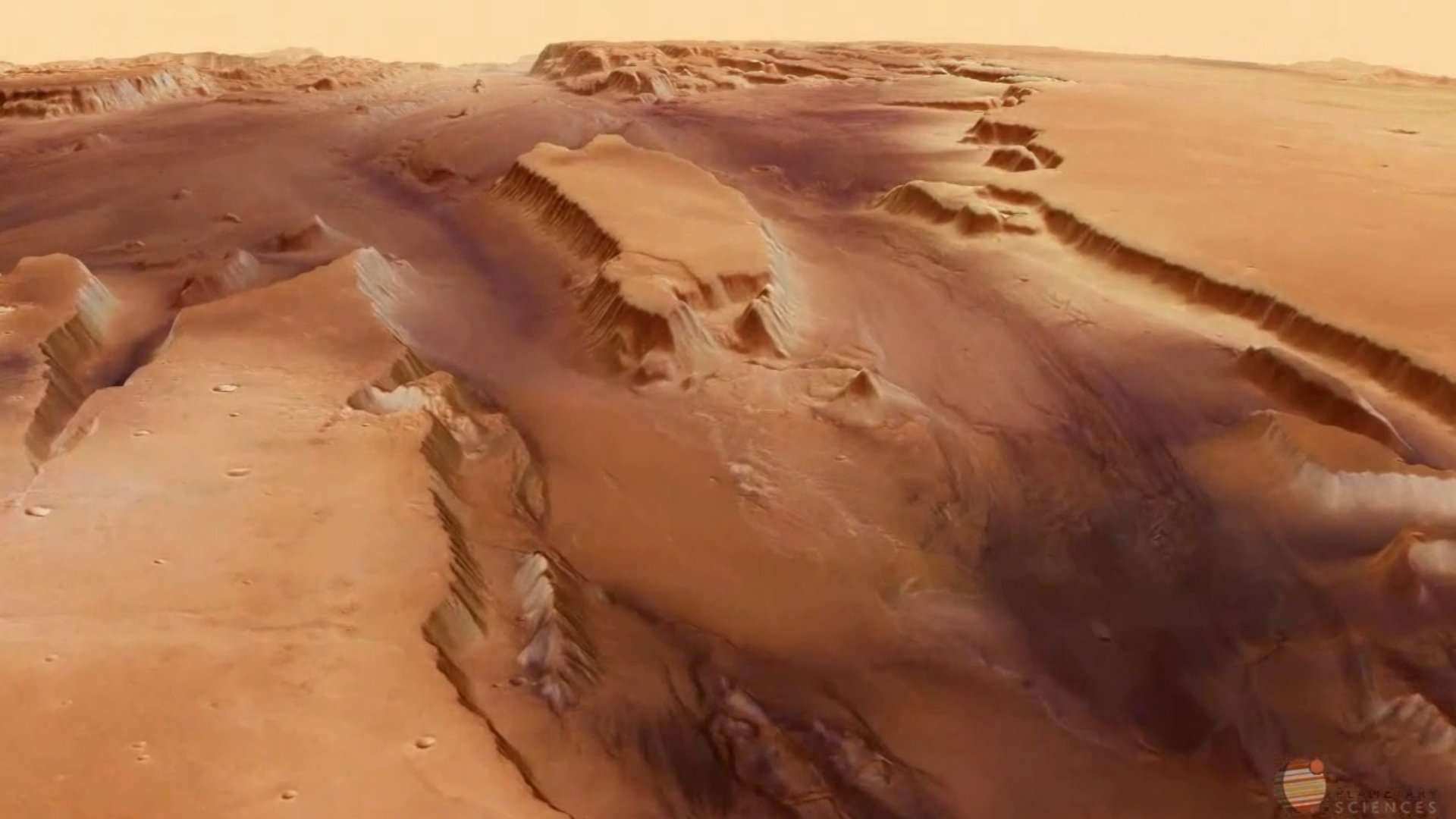
Mawrth Vallis is a region a little north of the Martian equator, where the southern highlands meet the northern lowlands. The valley has been a target of ESA’s Mars Express mission because scientists believe it may be the best place to find life on Mars. The clay landscape has thick deposits of silicate minerals and appears lighter in the images, including the newest (above) from February 18, 2023.
In particular, Mars Express identified the clay minerals here as iron, magnesium and aluminum, which need water to form. And, in fact, 3.6 billion years ago, water flowed through this valley. So, could there be fossilized or even current evidence of life in Mawrth Vallis?
Where to find life on Mars

What we understand about the requirements of life come from our studies of life on Earth. And on Earth, where we find water, we usually find life. So for this reason, any evidence of flowing water on Mars is exciting. It means, in essence, the conditions could have been right for life to exist on the Red Planet.
In the images here, the clays are the lighter colored land forms, while the darker regions are volcanic in origin. As an illustration, the long-annotated image (below) gives you a good view of how Mawrth Vallis is a clash of landforms. The southern highlands (on the left) meet the northern lowlands (on the right). Overall, the highlands are older and more weathered.

In the annotated image, the crater with the central pit at far left may indicate that buried ice was present. As the impact smashed into Mars’ surface, the ice would have vaporized, causing a collapse into the pit we see now.
The northern lowlands at the right of the annotated image are the edge of a region known as Chryse Planitia. Mars Express found ancient basins buried in Chryse Planitia. These impact basins stretch for hundreds of kilometers below the surface.
A closer look at Mawrth Vallis

Bottom line: Mawrth Vallis may be the best place to find life on Mars. This valley spans from the southern highlands to the northern lowlands and contains signs of previously flowing water.